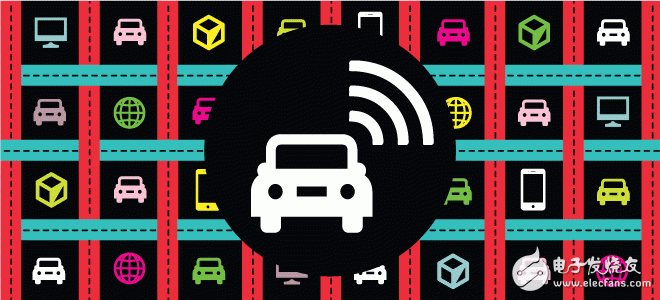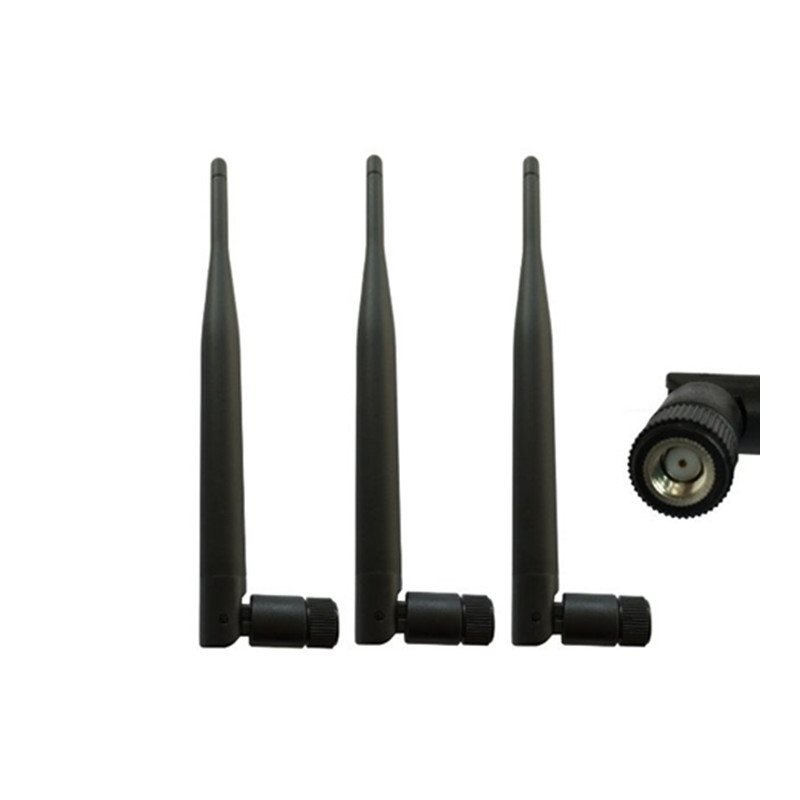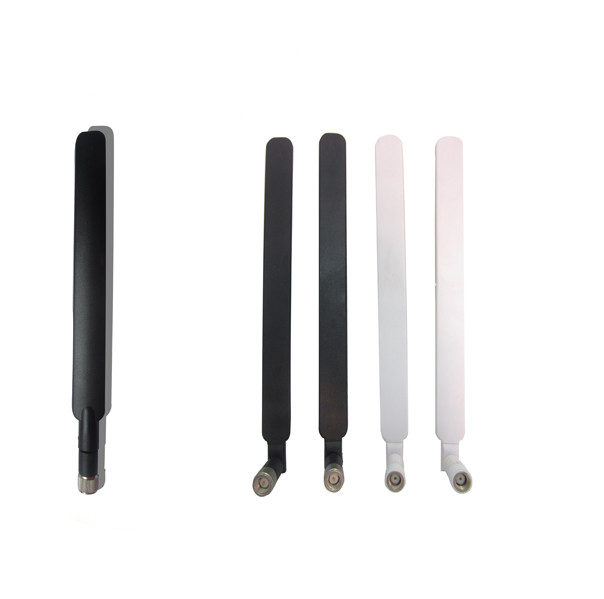Today's drivers are accustomed to connecting to the Internet 24 hours a day, seven days a week, staying in touch with colleagues, employers, customers, family and social networks. Whether buying an economy or a luxury car, they want to consider the overall driving kit price, safety, performance, reliability, comfort and "stunning" factors. Enhancing the driver and passenger features can help build a car brand and differentiate automotive products in the marketplace.
By leveraging connector design and expertise, automakers are breaking down barriers by providing complete components in "interconnected" cars. From standard sealed connector systems to high-speed automotive digital communications products, top automakers are using advanced electronics to increase vehicle efficiency while responding to the market's need to economically integrate "interconnected" vehicles with feature-rich consumer electronics.

High-speed car wiring integration complexity
Whether it's a luxury car or a budget car, more and more car manufacturers offer electronic devices that appeal to consumers in all car types. Automotive design is increasingly integrating the latest in-car audio and video infotainment, GPS navigation, driver assistance, reversing image surveillance systems and other content-rich mobile consumer electronics. Electronics manufacturers see a corresponding increase in demand for higher speed automotive connectors, wiring, cable assemblies, switches and other electronic technologies to achieve these comfort and convenience features.
However, while demand is on the rise, not all OEMs and designers are experts in high-speed electrical connections. Designing "interconnected" vehicles presents unique engineering challenges, including cost, complexity, signal integrity, vehicle integration constraints, and environmental requirements. For these high-speed connections, automotive electronics platforms must meet stringent design specifications and performance requirements.
In terms of component selection, the link service subsystem is the main influencing factor, as well as the location of the car module or device, and the performance requirements of the connector. Unlike PCs or other portable consumer devices, the life of a car can span 15 years or more, so product integrity and long life are important considerations.
To address these issues, leading electronics companies and engineers are increasingly adopting expertise from other industries and adapting the latest technologies for automotive applications. Advanced interconnect and high-speed technologies are helping automakers address engineering design challenges. For smarter, more connected vehicles, designers are developing scalable, flexible economic platforms, and powerful crossover technologies provide them with invaluable tools. In some cases, the most cost-effective way is to migrate or modify existing consumer electronics to meet automotive requirements. For the "Connected Vehicles" field, the need for better design has spurred the industry to develop new electrical and electronic products.

Design elements of "interconnected" automotive engineering
A large number of user access ports, point-to-point connector components, and other driver and passenger networking solutions have been tested and validated in demanding automotive applications, including:
• Membrane switches offer durable, lightweight and low side height options for integrated automotive user interfaces and electronic components. The standard membrane switch is a thin micro-moTIon assembly with one or more layers of silver or carbon conductor printed on the polyester substrate. Choice of non-tactile membrane switch, poly-dome, silicone keyboard, and tactile metal film buttons to provide “咔嗒†feedback or audible sound when switching.
• Using solid-state circuitry to detect touches, custom capacitive switches are designed to withstand harsh chemical environments, contaminants and EMI, making this user interface rugged in automotive applications.
• Driver Interface The Customer Convenience Port (CCP) module optimizes the connection of power to high-speed audio, video displays, CD players, DVD players and navigation devices. To increase engineering flexibility, the CCP option includes integrated I/O for integrated USB, SD memory cards, HDMI, IEEE 1394, Ethernet, Bluetooth, and Auxiliary Jack media ports.
• Stac64TM single-hole, multi-hole (mulTI-pocket) and hybrid connector systems reduce engineering time and time to market by providing modular housing connectors. Connectors are easily combined in telematics, navigation, instrumentation, and other vehicle electronics applications. This universal stacked connection system supports low level signal requirements and power applications over 30A.
• Standard and custom light-emitTIng diode (LED) printed circuit components that support low power consumption in high current applications, including indicator panels, interior lighting and navigation, mirrors, side small lights, headlights, emergency lights , brake lights and parking lights.
In terms of technology trends, three major digital connections are emerging in the connected vehicle arena – consumer access points, video (port-to-port) and in-vehicle networks (peer-to-peer networks). Both fiber optic and copper connectivity solutions are available in a variety of options to support high-speed digital link technology. Many are based on serial 解/deserializers (SerDes) and network standards that help reduce weight and provide endless possibilities for vehicle architecture changes, but without the initial challenges.
- The Description of 5G Antenna
- Frequency of 5G Antenna: 5000-5800Mhz
- .5G wifi Antenna is ideal for online gaming and seamless HD video streaming
- Works with any wifi routers, by using AC600 AC wireless wifi adapter, you can upgrade your PC,laptop or Mac to work with the latest AC wifi router for faster speed and extended range.
- 2dBi external 5G Antenna design: High Gain Long-Range 2dBi Antenna can help you connect even when signals are weak. Much more stable signal, no more drops, moves in full rotation, easy to set it where you need to pick up the best signal.
The Picture of 5G Antenna


5G Antenna
5G Antenna,5G Built-in Antenna,5G Wifi Receiver Antenna,5G Internal Antenna
Shenzhen Yetnorson Technology Co., Ltd. , http://www.yetnorson.com